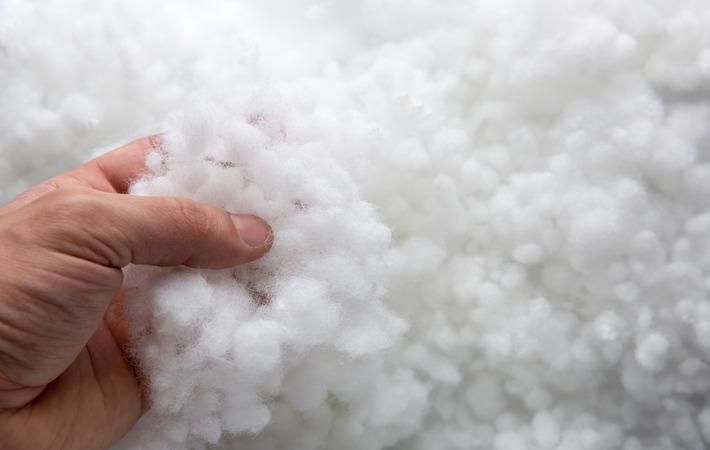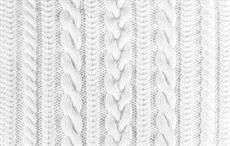The
global trade of nonwovens (whether or not impregnated, coated, covered or laminated) of manmade filaments has shown a slight decline in 2019. Total trade decreased 1.09 per cent from $22,045.04 million in 2017 to $21,804.56 million in 2019, according to data from TexPro. The total trade fell 8.21 per cent in 2019 over the previous year.
The global trade of nonwovens (whether or not impregnated, coated, covered or laminated) of manmade filaments has shown a slight decline in 2019. Total trade decreased 1.09 per cent from $22,045.04 million in 2017 to $21,804.56 million in 2019, according to data from TexPro. The total trade fell 8.21 per cent in 2019 over the previous year.#
The global trade of nonwovens (whether or not impregnated, coated, covered or laminated) of manmade filaments has shown a slight decline in 2019. Total trade decreased 1.09 per cent from $22,045.04 million in 2017 to $21,804.56 million in 2019, according to data from TexPro. The total trade fell 8.21 per cent in 2019 over the previous year.#
The global export of nonwovens of manmade filaments was $11,472.23 million in 2017, which dropped 0.16 per cent to $11,453.93 million in 2019. Total exports weakened 7.40 per cent in 2019 over the previous year and is expected to come down to $11,426.53 million in 2022 with a rate of 0.24 per cent from 2019.
The global trade of nonwovens (whether or not impregnated, coated, covered or laminated) of manmade filaments has shown a slight decline in 2019. Total trade decreased 1.09 per cent from $22,045.04 million in 2017 to $21,804.56 million in 2019, according to data from TexPro. The total trade fell 8.21 per cent in 2019 over the previous year.#
The global import value of nonwovens of
manmade filaments was $10,572.81 million in 2017, which decreased 2.10 per cent to $10,350.63 million in 2019. Total imports slipped 9.09 per cent in 2019 over the previous year and is expected to drop to $10,026.09 million in 2022 with a rate of 3.14 per cent from 2019.
The global trade of nonwovens (whether or not impregnated, coated, covered or laminated) of manmade filaments has shown a slight decline in 2019. Total trade decreased 1.09 per cent from $22,045.04 million in 2017 to $21,804.56 million in 2019, according to data from TexPro. The total trade fell 8.21 per cent in 2019 over the previous year.#
Italy ($1,848.04 million), US ($1,412.16 million), Germany ($1,304.75 million) and China ($1,257.71 million) were the key exporters of nonwovens of manmade filaments across the globe in 2019, together comprising 50.84 per cent of total export. These were followed by Turkey ($558.09 million), Spain ($413.50 million), and Czech Republic ($354.86 million).
The global trade of nonwovens (whether or not impregnated, coated, covered or laminated) of manmade filaments has shown a slight decline in 2019. Total trade decreased 1.09 per cent from $22,045.04 million in 2017 to $21,804.56 million in 2019, according to data from TexPro. The total trade fell 8.21 per cent in 2019 over the previous year.#
From 2016 to 2019, the most notable rate of growth in terms of export value, amongst the main exporting countries, was attained by China and Germany.
The global trade of nonwovens (whether or not impregnated, coated, covered or laminated) of manmade filaments has shown a slight decline in 2019. Total trade decreased 1.09 per cent from $22,045.04 million in 2017 to $21,804.56 million in 2019, according to data from TexPro. The total trade fell 8.21 per cent in 2019 over the previous year.#
The US ($990.56 million), Germany ($801.63 million), the UK ($605.61 million), Poland ($581.96 million) and Italy ($520.03 million) were the key importers of nonwovens of manmade filaments across the globe in 2019, together comprising 33.81 per cent of total import. These were followed by Japan ($499.92 million), China ($490.71 million) and Canada ($370.20 million).
The global trade of nonwovens (whether or not impregnated, coated, covered or laminated) of manmade filaments has shown a slight decline in 2019. Total trade decreased 1.09 per cent from $22,045.04 million in 2017 to $21,804.56 million in 2019, according to data from TexPro. The total trade fell 8.21 per cent in 2019 over the previous year.#
From 2016 to 2019, the most notable rate of growth in terms of export value, amongst the main importing countries, was attained by the US and Germany.
Fibre2Fashion News Desk (JL)


